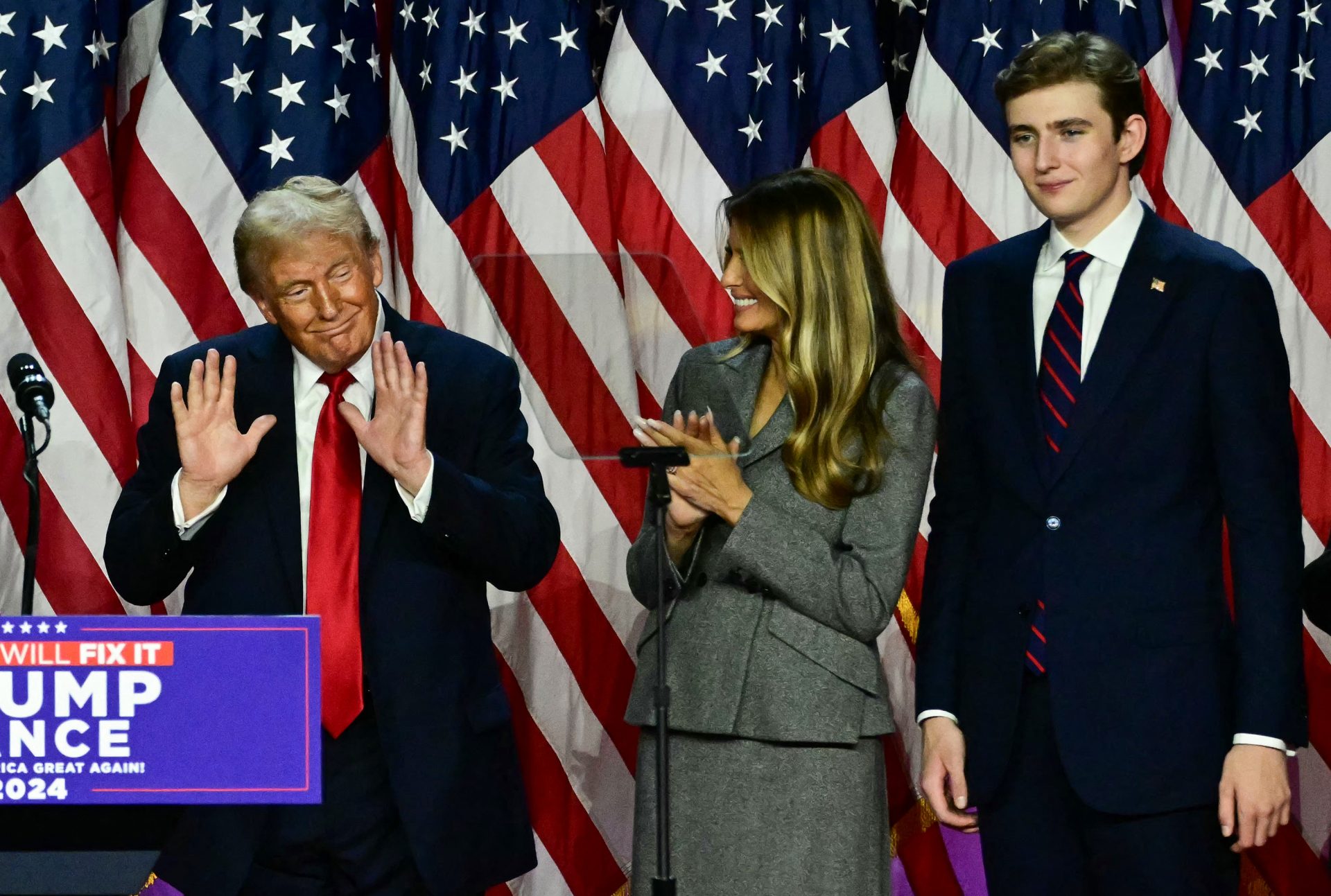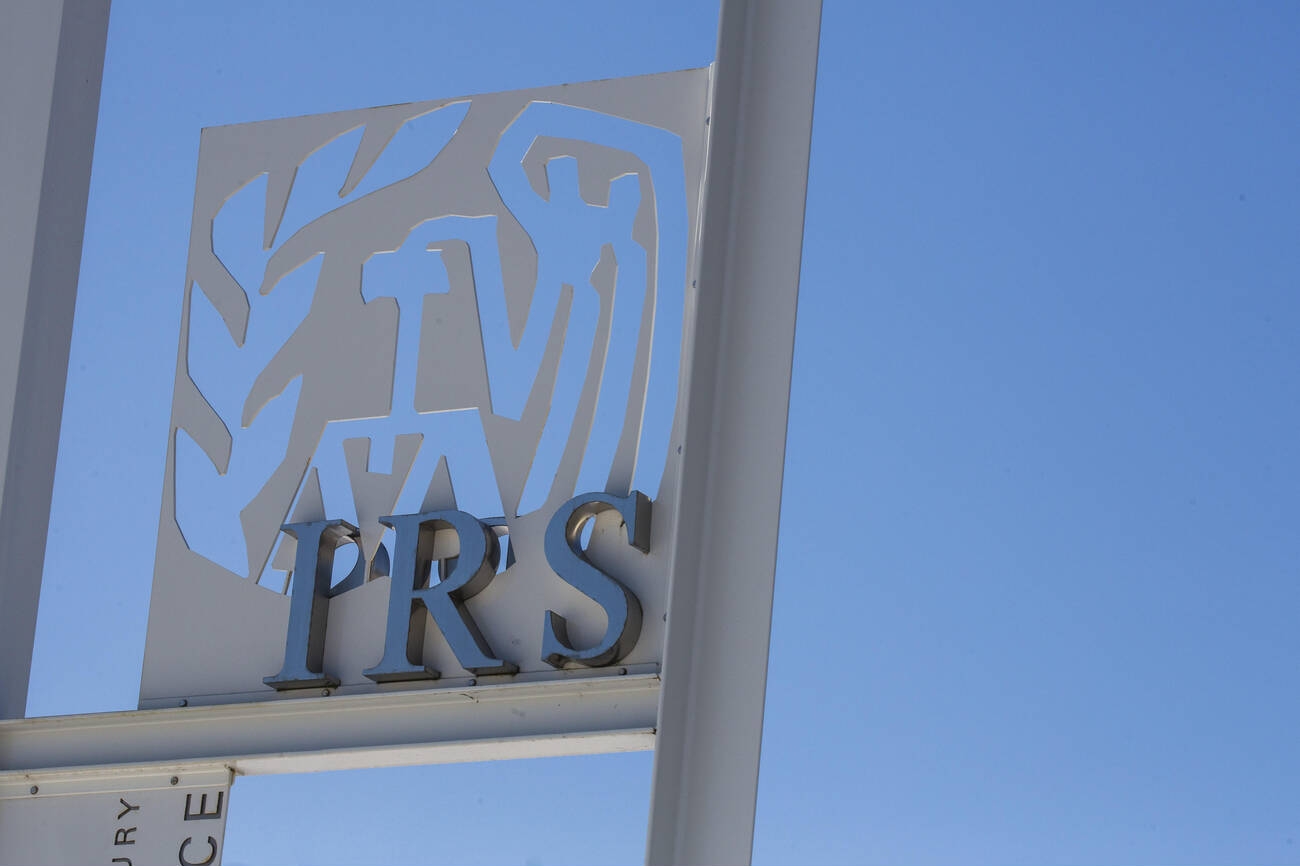By Mark Niquette
Bloomberg News (TNS)
Donald Trump is returning to the White House, and the U.S. economy is in for a wild ride.
The former and soon-to-be next president has promised an escalation of tariffs on all U.S. imports and the biggest mass deportation of migrants in history. He also wants a say in Federal Reserve policy. Many economists reckon the platform adds up to higher inflation and slower growth ahead.
Trump also promised sweeping tax cuts during the campaign that culminated in his victory over Vice President Kamala Harris. His ability to deliver them may hinge on the outcome of a House contest that remains in doubt, even as Republicans won control of the Senate. A divided government would require the new president to bargain more intensively with Congress over fiscal policy.
Still, it’s Trump’s tariffs—which he’s threatened to slap on adversaries and allies alike—that stand to have the biggest impact on the U.S. economy, analysts say. The self-proclaimed “tariff man” enacted duties on about $380 billion in imports in his first term. Now he’s promising much wider measures, including a 10% to 20% charge on all imported goods and 60% on Chinese products.
Trump says the import taxes can help raise revenue, as well as reduce U.S. trade deficits and re-shore manufacturing. What’s more, as Trump demonstrated last time he was in office, a president can enact tariffs essentially single-handedly.
“He’s going to be off and running,” said Mark Zandi, chief economist at Moody’s Analytics. “I think we’re going get these policies in place very quickly and they’re going to have impact immediately.”
Most economists say inflation will rise as a result, because consumers will pay higher costs that are passed on by importers who pay the tariffs.
Moody’s predicted before the vote that with Trump as president inflation would rise to at least 3% next year—and even higher in the event of a GOP sweep—from 2.4% in September, fueled by higher tariffs and an outflow of migrant labor. If targeted countries retaliate and a trade war ensues, the U.S. will face “a modest stagflationary shock,” Wells Fargo economist Jay Bryson said in an Oct. 16 webinar, a situation in which economic output stalls and price pressures rise.
‘Winners and losers’
Such a scenario will put the Federal Reserve in the position of wanting to raise interest rates to combat inflation, but also to cut rates to prevent the risk of a recession, said Jason Furman, the former head of the White House Council of Economic Advisers under President Barack Obama.
“In economics, everything has winners and losers,” Furman said in an Oct. 17 webinar. “In this case, the losers are consumers and most businesses.”
Trump will likely have thoughts on how the central bank should respond. He told Bloomberg News he should have a “say” on interest rates, “because I think I have very good instincts.” Pressure on the Fed during a second Trump term would worry investors, because history suggests countries that allow politicians to direct monetary policy are likely to face higher inflation.
In general, Trump and his supporters dismiss the downbeat projections from “Wall Street elites.” They point out that inflation didn’t spike in his first term while he enacted tariffs and tax cuts—and presided over robust economic growth, until the pandemic hit.
The Coalition for a Prosperous America, which supports trade protectionism, estimated that a 10% “universal” tariff, combined with income tax cuts that Trump is promising, would add more than $700 billion to economic output and create 2.8 million additional jobs.
‘Loosening up’
Michael Faulkender, chief economist at the America First Policy Institute that’s staffed with officials from Trump’s first administration, said the negative projections don’t account for the economic growth that Trump’s deregulatory agenda and plans to boost energy production would generate.
“There’s a lot of loosening up of our economy, removing structural costs in our economy, that can generate growth in an actually deflationary way,” Faulkender said.
Trump promised to make permanent the tax cuts he pushed through in 2017 for households, small businesses and the estates of wealthy individuals—most of which are due to expire at the end of 2025. Even if the GOP loses its sway over the House, there’s likely some room to strike a deal with Democrats, who also favor keeping some of those measures in place.
Any such bargaining will take place under the pressure of another looming debt-ceiling showdown, with borrowing limits set to kick in again next year under a deal to resolve a 2023 standoff. Congress-watchers see other areas for potential agreement, because some—like a tax credit for childcare and an exemption for tips—were backed by both parties during the campaign. But some of Trump’s proposals, including further cuts in the corporate tax rate, would likely be off the table if Republicans lose the House.
The tax and spending promises that the Trump campaign rolled out during the election could collectively cost more than $10 trillion over a decade, according to Bloomberg News calculations. Trump said he’d use tariff revenues to help pay for them, but economists at the Peterson Institute estimate that the import duties could only raise a fraction of that sum.
Many economists also doubt that Trump’s trade policy can quickly boost manufacturing employment, one of the stated goals. It takes years to build factories, and automation means they nowadays require fewer workers.
A National Bureau of Economic Research study concluded that Trump’s past tariffs failed to increase jobs in protected industries, while hurting jobs in other sectors that got caught up in the trade war.
“The tariffs are not going to bring down the trade deficit, they’re not going to restore manufacturing jobs, but it’ll take several years to discover that and a lot of pain in between,” Maurice Obstfeld, formerly a chief economist at the International Monetary Fund, said in an Oct. 17 webinar.
‘Significant chaos’
Trump’s threat to deport millions of undocumented migrants is another source of alarm to many economists and businesses. It would reduce the labor pool available to companies that have found it hard to hire.
Deporting post-2020 arrivals would shrink the economy by some 3% by the next election in 2028, while the drop in demand from a smaller population would lower prices, Bloomberg Economics’ Chris Collins wrote in a note. The impact would likely land hardest in industries like construction, leisure and hospitality—and states including Texas, Florida and California – where migrants make up the biggest share of the labor force.
Of course, campaign pledges often fall by the wayside, and the economic impact of Trump’s second-term policies will depend on which ones he prioritizes and can get done.
Many doubt that deportations of migrants are feasible on the scale Trump has proposed. He’s floated using the U.S. Immigration and Customs Enforcement or even the Alien Enemies Act of 1798—used to justify World War II-era internment of noncitizens—to carry out the plan, which would likely face court challenges.
As for tariffs, Trump himself has indicated the numbers he floats are often intended as bargaining levers. But even the threat of tariffs will be disruptive as companies scramble to renegotiate contracts and reconfigure supply chains to get ahead of the potential duties, said Wendy Edelberg, director of the Brookings Institution’s Hamilton Project.
“We’re going to see this significant chaos across the entire business landscape,” she said.
— With assistance from Brendan Murray.
______
©2024 Bloomberg L.P. Visit bloomberg.com. Distributed by Tribune Content Agency LLC.
Thanks for reading CPA Practice Advisor!
Subscribe Already registered? Log In
Need more information? Read the FAQs
Tags: Taxes




